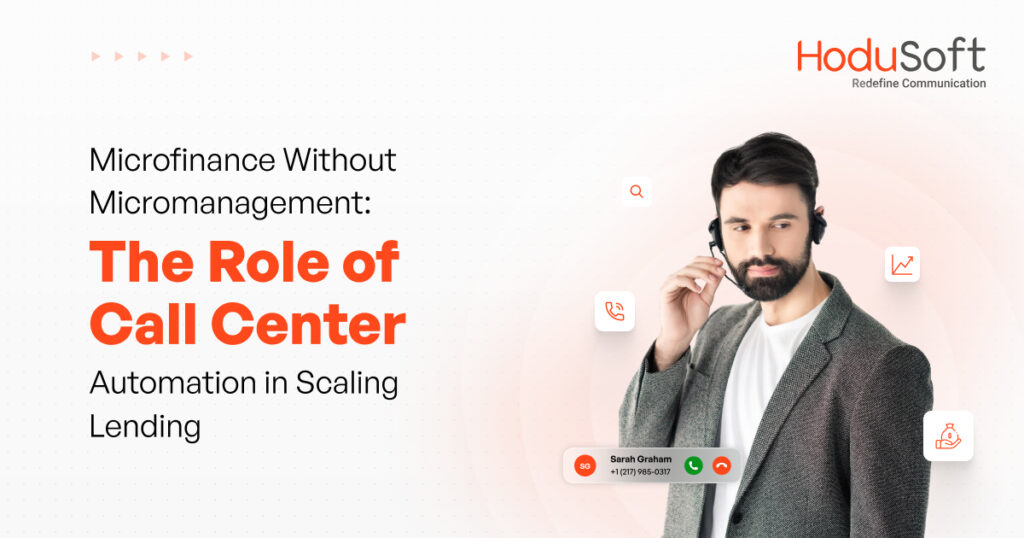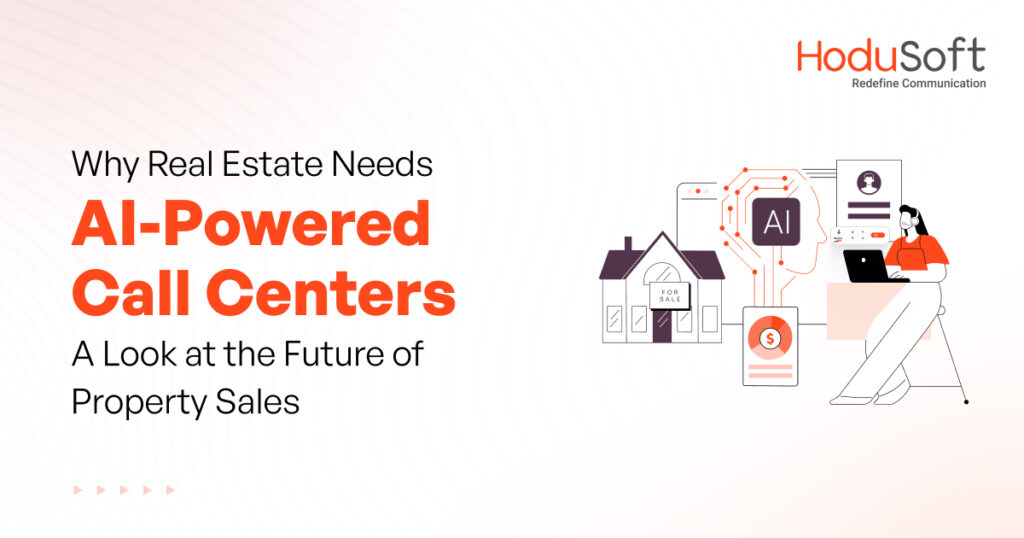Types of Dialers Used in Call Centers and Their Situational Use
In a little over a year, customers have taken rapid strides in digitization ushered in by the Covid-19. We are on the verge of a customer experience revolution driven by a monumental shift in the ways they are interacting and creating a bias for one brand over the other.
Call center Organizations are adapting different types of dialers for better growth and future business goals. Customers are now seeking an on-demand response, faster resolution, and personalized attention along with the tangible value in products. Customer service agents need to factor in the changing expectations of the customers during their interactions.
However, with ever-increasing call volumes, it becomes a daunting task. As per Gartner, by 2025 proactive read outbound customer engagement interactions will outnumber reactive aka inbound customer engagement interactions.
The insight is food for thought. To drive more meaningful conversations, call centers are now turning to automation. Outbound dialer software — as known popularly is one of the most efficient ways of bringing in speed for call centers engaged in outbound campaigns. There are several kinds of dialers, which work in tandem to fully automate the dialing process in a call center. But, let’s begin with the definition first and then look at each in detail.
What is a dialer in call center software?
Auto dialer is an automation tool for dialing, connecting, receiving and messaging for outbound call centers.
The use of auto dialer software brings efficiency to operations, increases productivity, and boosts employee motivation, so they can engage in more meaningful conversation. The various kinds of dialers such as power dialer, preview dialer, progressive dialer, and robo dialers offer different functionality and can be configured and operated depending on the situation. Let’s look at each of them one by one.
1. Preview dialer
The preview dialer is an improved version of standard auto dialers. As the customer service agent nears the end of a call, the preview dialer begins dialing other numbers in the list to connect the agent immediately after the call terminates. If the call is placed through the call center software linked to the CRM, then it displays complete details of the customer, including historical data. This helps the agent to be informed and better prepared to handle the call.
Situations where used: The preview dialer works best when you are handling leads and agents must have context and basis to discuss the topic. It is fine when you are serving existing customers and wish to deliver a better customer experience by handling complaints or by following up payments with data to back you up. It is of little use for cold calling.
2. Predictive dialer
The predictive dialer is the smartest of a lot of auto-dialers in use. It uses sophisticated algorithms to track agent performance and keep a tab on agent availability. It dials out several calls simultaneously, detect if the response is from a human or answering machine and it will connect the call, if it is picked up by a human, to an agent who is free.
This is like assembly line calling with agents getting no rest between calls. The algorithm also monitors the agent’s calling patterns and estimates when he will be free to handle another call. Several key metrics come into play such as call drop ratio, pacing ratio, wait time, and variance factor in one type of predictive dialer known as the static predictive dialer. The adaptive dialer keeps track of ongoing calls and uses more parameters to decide about initiating calls, thereby leading to a reduction of abandoned calls.
A situation where used: Call centers that must handle high numbers of outbound calls and show results in a short time are likely to use predictive dialers.
3. Intelligent Robo Dialers
Advanced call center software solutions feature what is known as Robo dialer. You do not need to keep agents engaged in dialing with the Robo dialer. It is an automated dialer linked to the IVR and call list drawn from the CRM. You record a voice message that goes into the IVR with response options.
The dialer and IVR work together to dial numbers. If an answering machine responds then the dialer sends out a voice mail message. If a human picks up the phone then the recording plays giving the called party options to get a callback or connect to a live agent. In the case of the former, the call is recorded and the lead goes to the CRM for an agent to follow up. In the case of the latter, an agent takes over and handles the target customer.
Read Also: How important are auto dialers for call center software
A situation where used:
This type of dialer is perfect for all types of operations such as cold calling, following up leads, customer interactions, and surveys. Your agents are not stressed out and talk only when there is a positive response with higher chances of conversions. The Robo dialer may be programmed to link with automatic skill mapping and call distribution to improve efficiency.
Final Thoughts
We are in an era of digital commerce. The role of customer service is going to expand as the years go by. It makes business sense to lay the foundation and embrace the change. As per Gartner, by 2025, 10% of customer service organizations will revamp hierarchical staffing models to create “huddle groups” committed to the well-being of specific customer segments.
The revolution has already begun, it will be a competitive space to grab customers and retain them. It is, therefore, pertinent to become a customer experience excellence center to bring long-term value to your organization.
As a market leader in VoIP, HoduSoft is placed well to help you navigate the challenges. We have successfully worked with over 200 customers big and small, to customize software as per their needs to serve the customers. Our presence in over 34 countries across 6 continents is a testimony to this.



